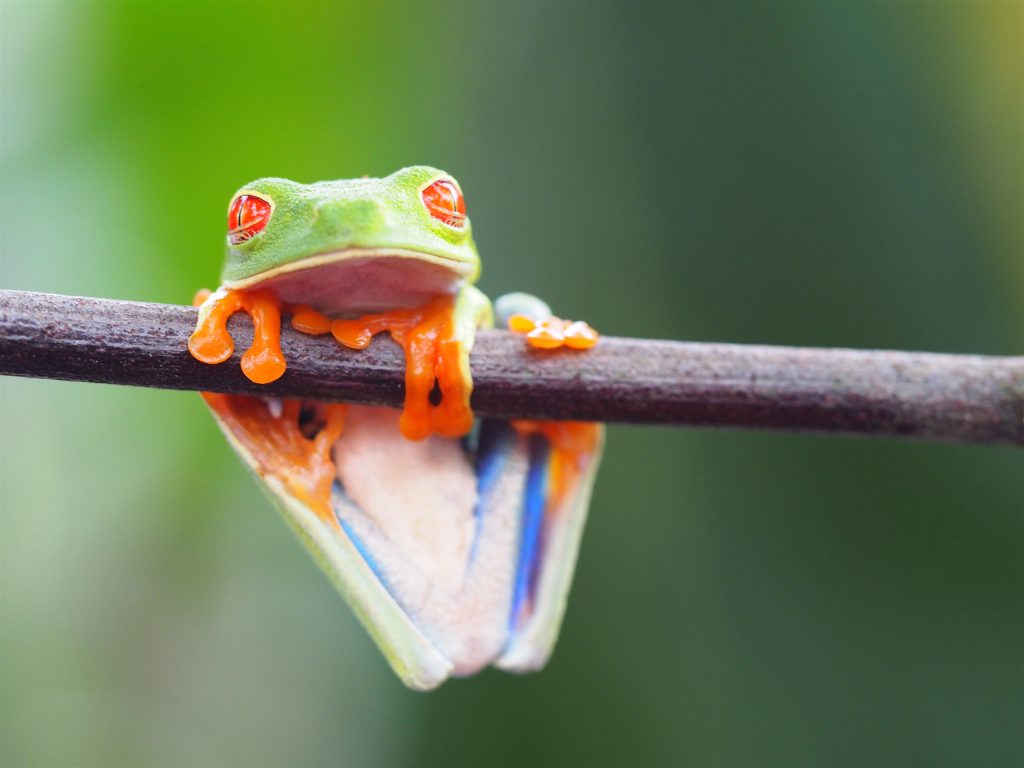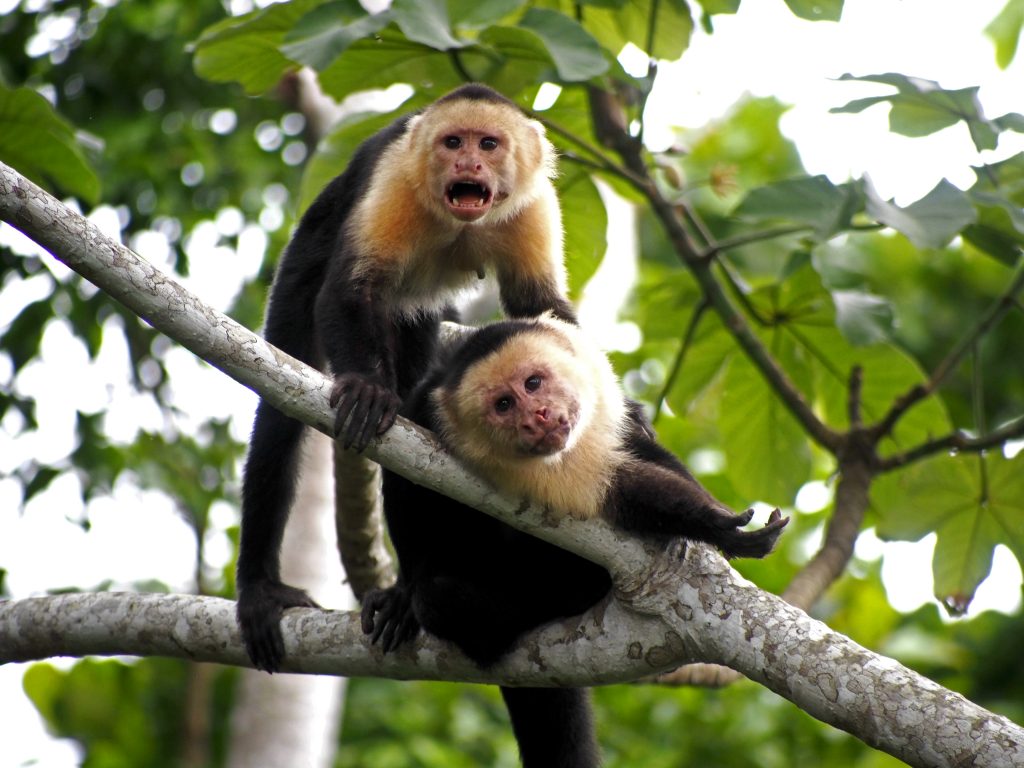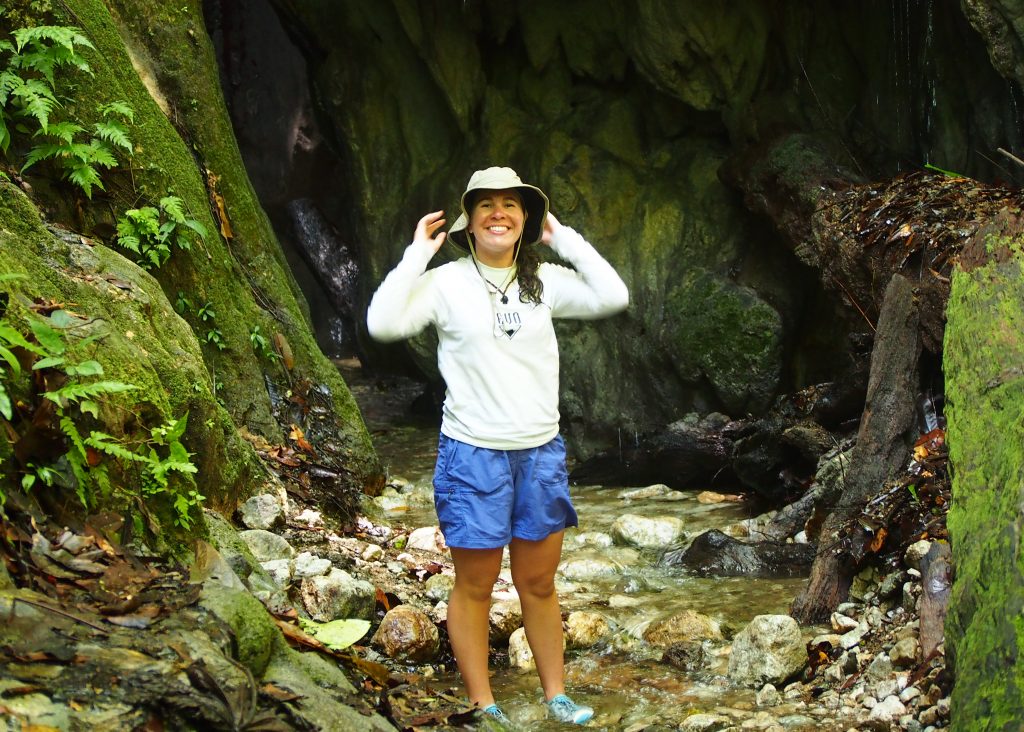5.17.2017
Today has been another long day in Belize, but I have no complaints. Kenneth, the manager at Glover’s Reef, called this “paradise” and I couldn’t agree more. Middle Caye definitely could make for a good stock photo.

I’m also happy to report that it has been another great day for my taxa! On the boat ride to Glover’s, we passed a bunch of islands of red mangroves (R. mangle) with their characteristic stilt roots extending out above the water. I also spotted some smaller ones on the edge of Middle Caye which are growing strong.
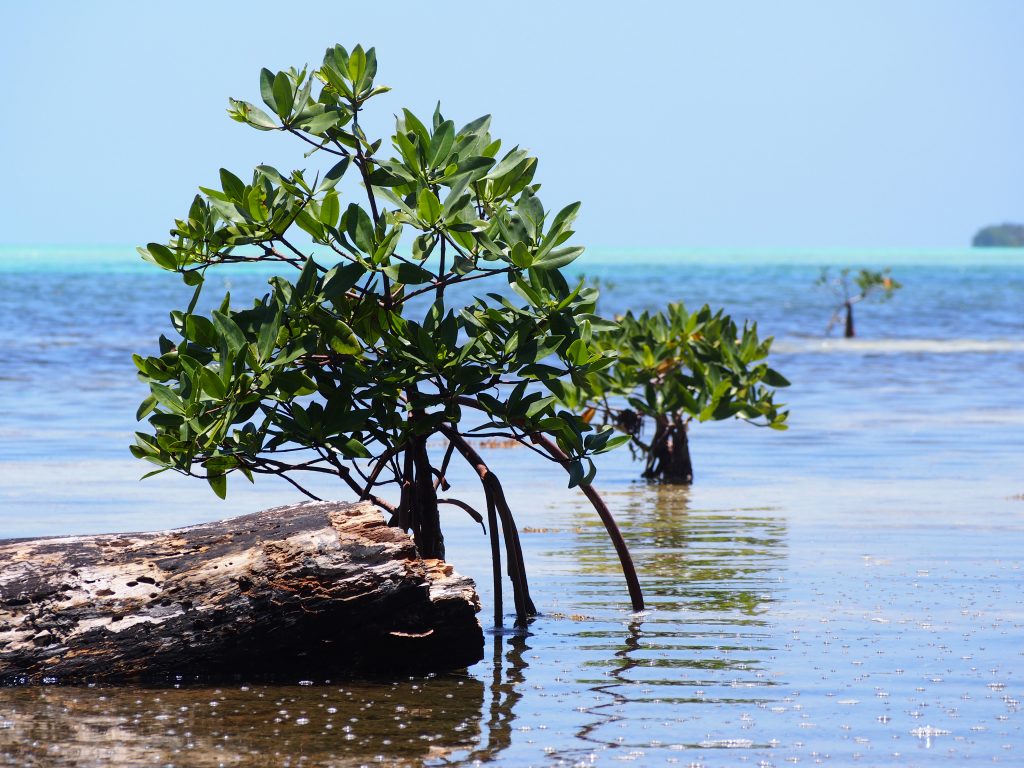
The shallow waters leading to and surrounding the dock at Glover’s are seagrass beds consisting of the thin blades of manatee grass and the wide blades of turtle grass. While I did see a huge green turtle in the open ocean on the way to Glover’s, I didn’t see one in the turtle seagrass. No need to be sad, though, because I saw some other really cool organisms like barracudas, schools of snapper, some conch, a Southern stingray, and a juvenile nurse shark.
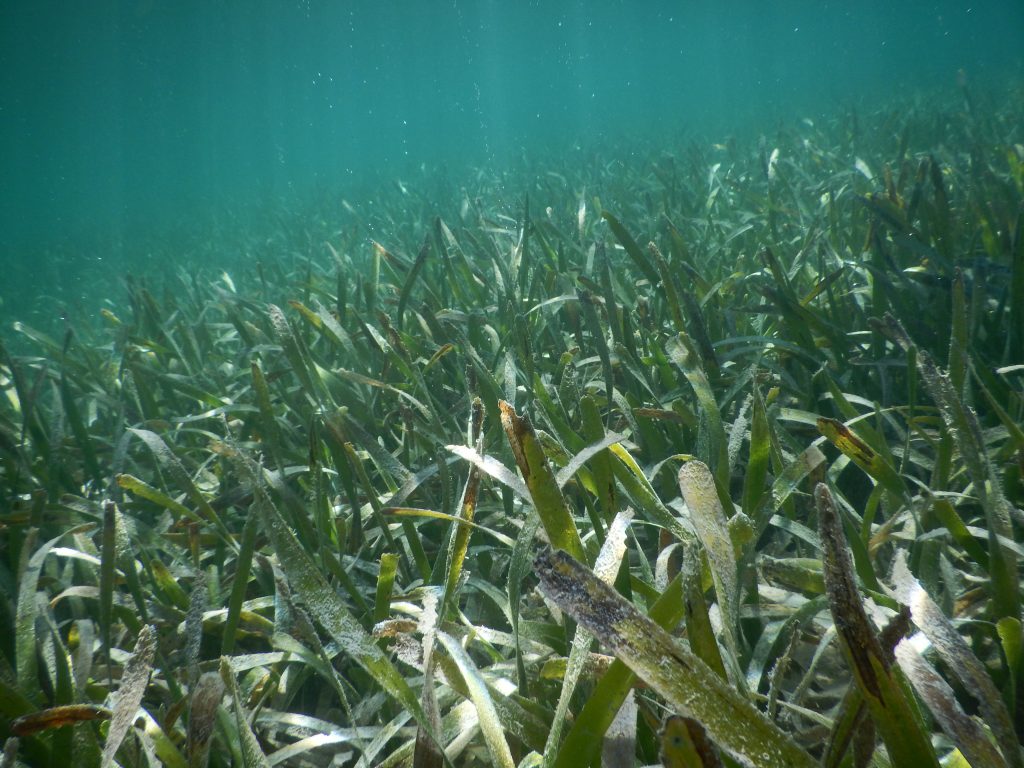
The patch reef we swam out to was a complete sensory overload with abundant coral cover and fish darting to and fro. My main focus was trying to find all of the items on the scavenger hunt list, but in the process I was able to identify the unmistakable corky sea finger (B. asbestinum) and the common sea fan (G. ventalina). I also saw examples of sea rods (Plexaura spp.) and sea plumes (Pseudopterogorgia spp.).
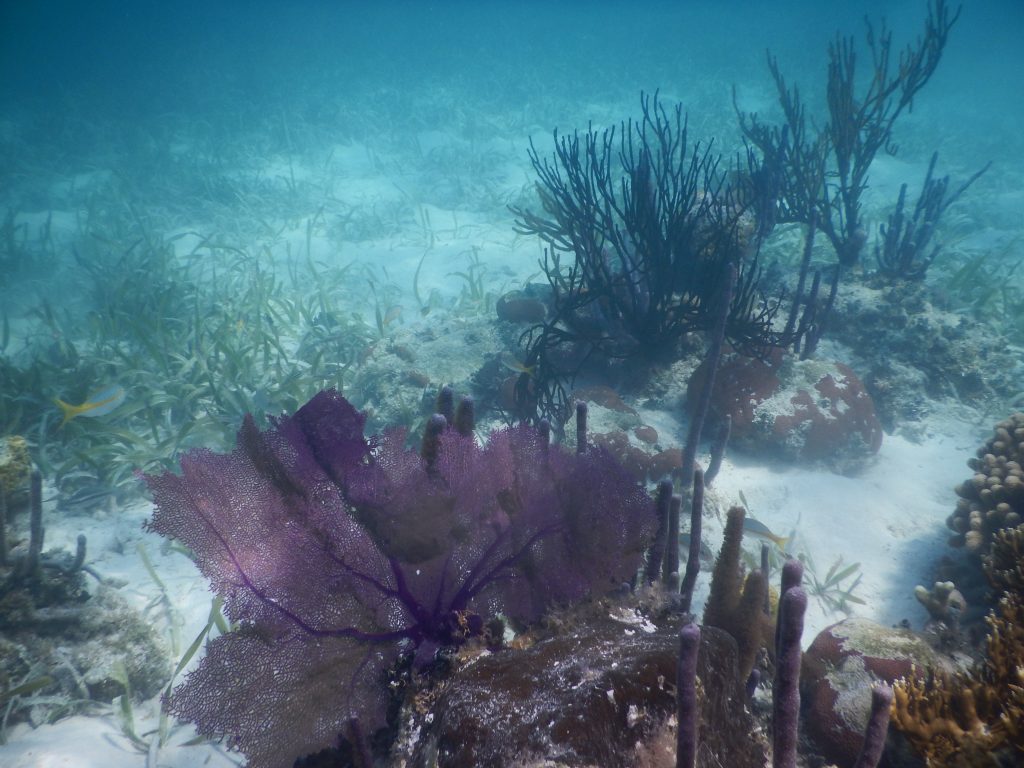
After a couple of hours of snorkeling, we got out of the water only to look at more corals (because you can never see too many, am I right?). At first glance, the “coral graveyard” appears to be just a pile of rubble, but upon closer observation you can see that it is actually a collection of the calcium carbonate skeletons of stony corals. I learned how to identify some of the main reef-building coral species, and even found a token dried sea fan as well as some unidentified ants!
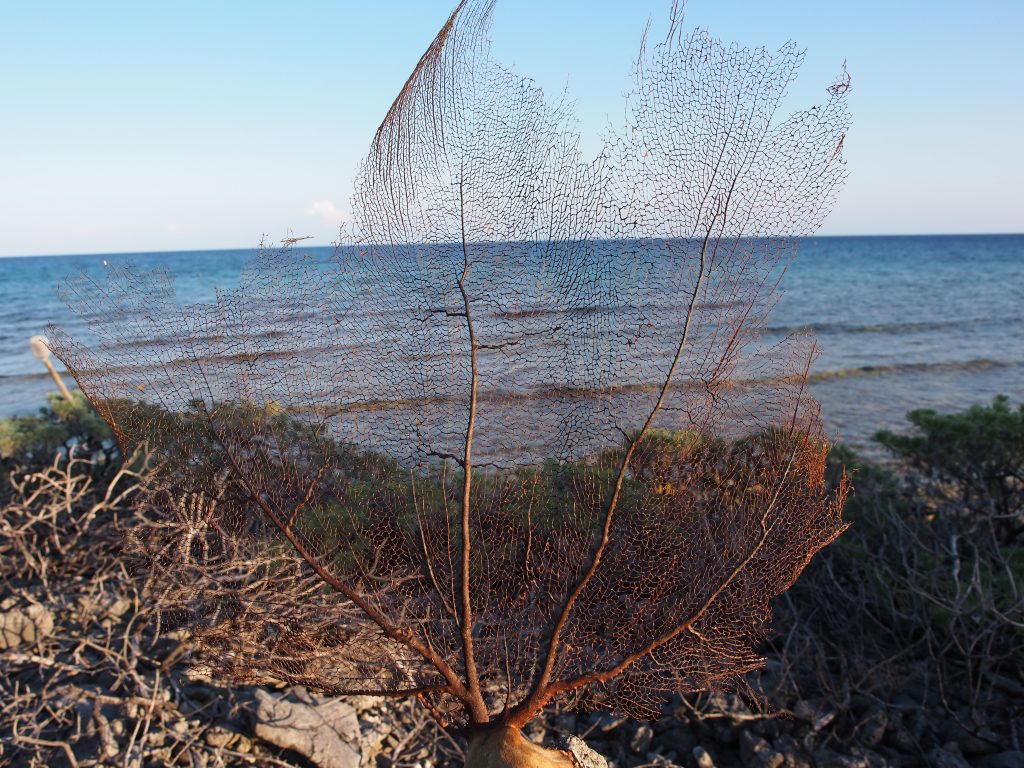
Later in the evening, a spectacular sunset fell over the water while I ate too much guava jam and cake for dessert. The day concluded with some entertaining lectures from Jordan on hard corals and Mikey on echinoderms, as well as an arts and crafts quadrat making session.
Can’t wait to see what tomorrow has in store but for now I’ll just revel in the little victory of having warm water to shower in tonight. 🙂

